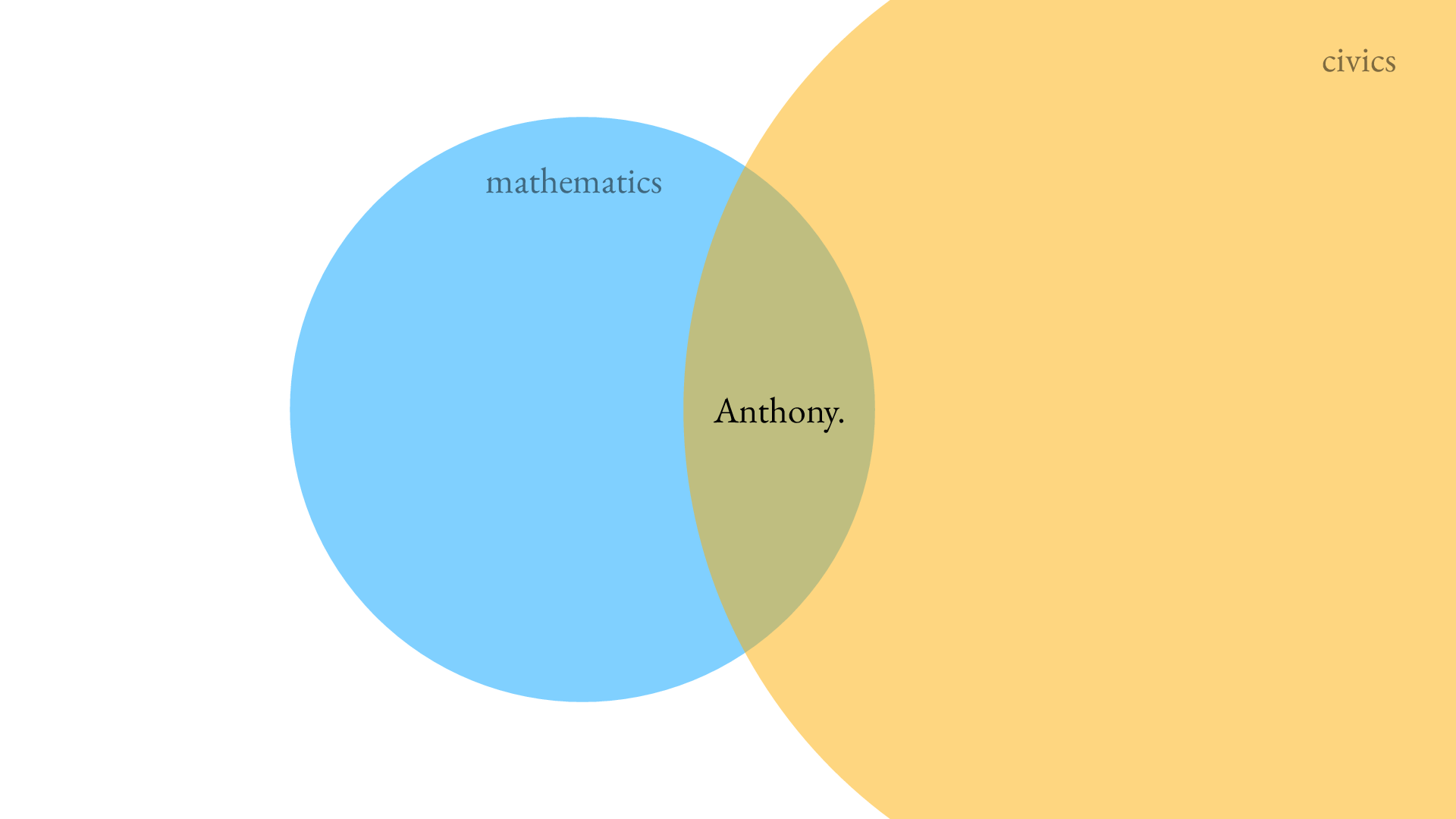
I like to think about topology, probability, and computing. I am also invested in quantitative justice, studying civil and voting rights through mathematical, legal, and cultural scholarship. Previously, I worked as data scientist and contributor at the MGGG Redistricting Lab (now the Data and Democracy Lab), a nonpartisan research organization supported by the Tisch College of Civic Life at Tufts University (now the Brooks School of Public Policy at Cornell University). The Lab does research, writes software, and works with organizations to explore how math can be used in the name of civil rights. Over the past half-decade, we have curated a significant body of work, including academic research, technical reports, court testimony, and flagship sofware like GerryChain, Districtr, and GerryTools.
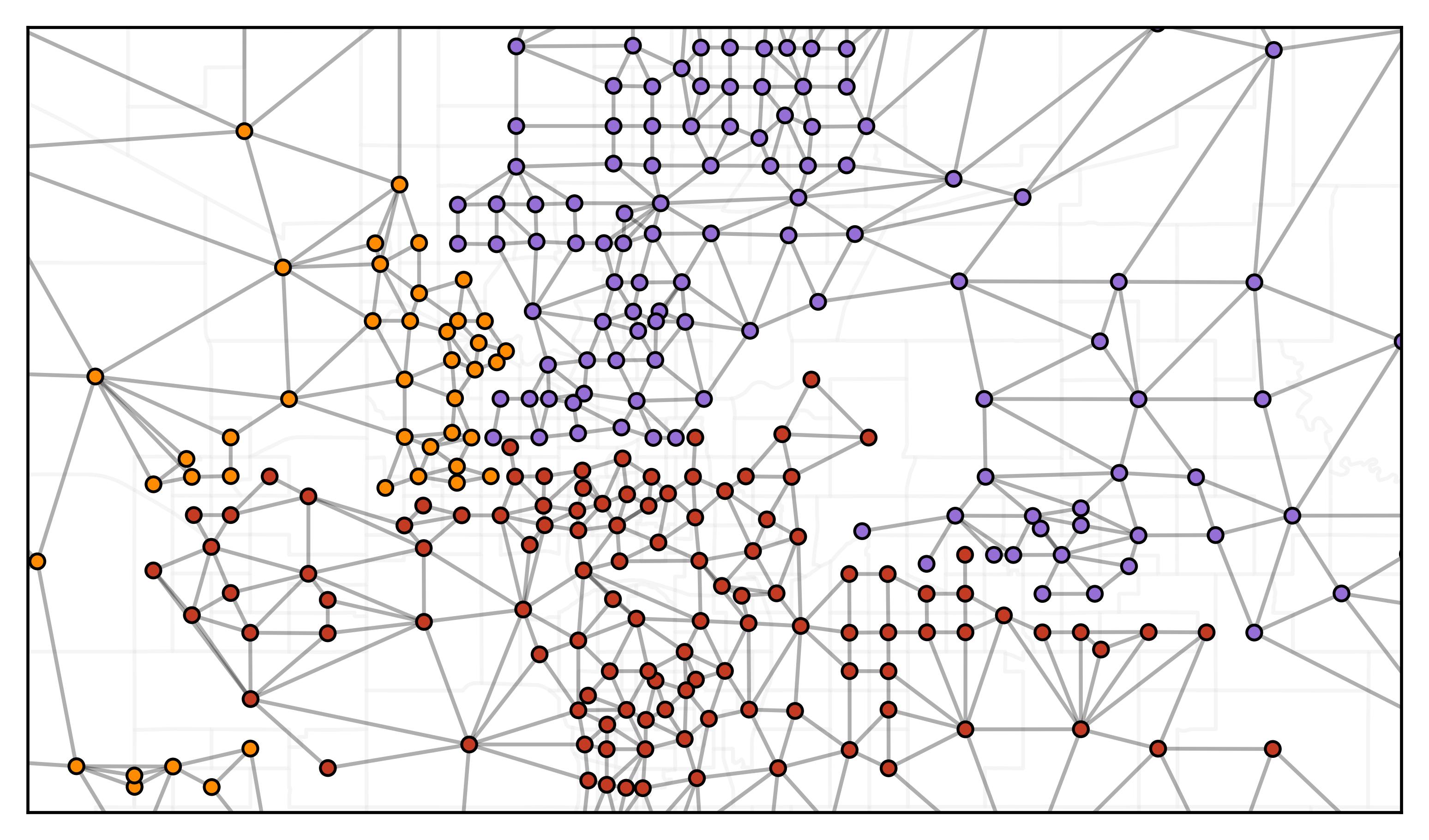

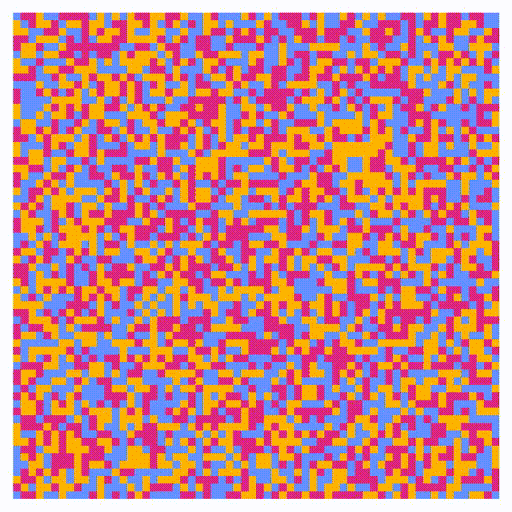
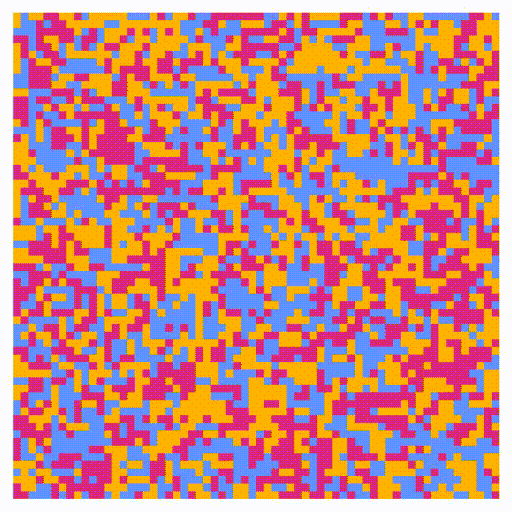
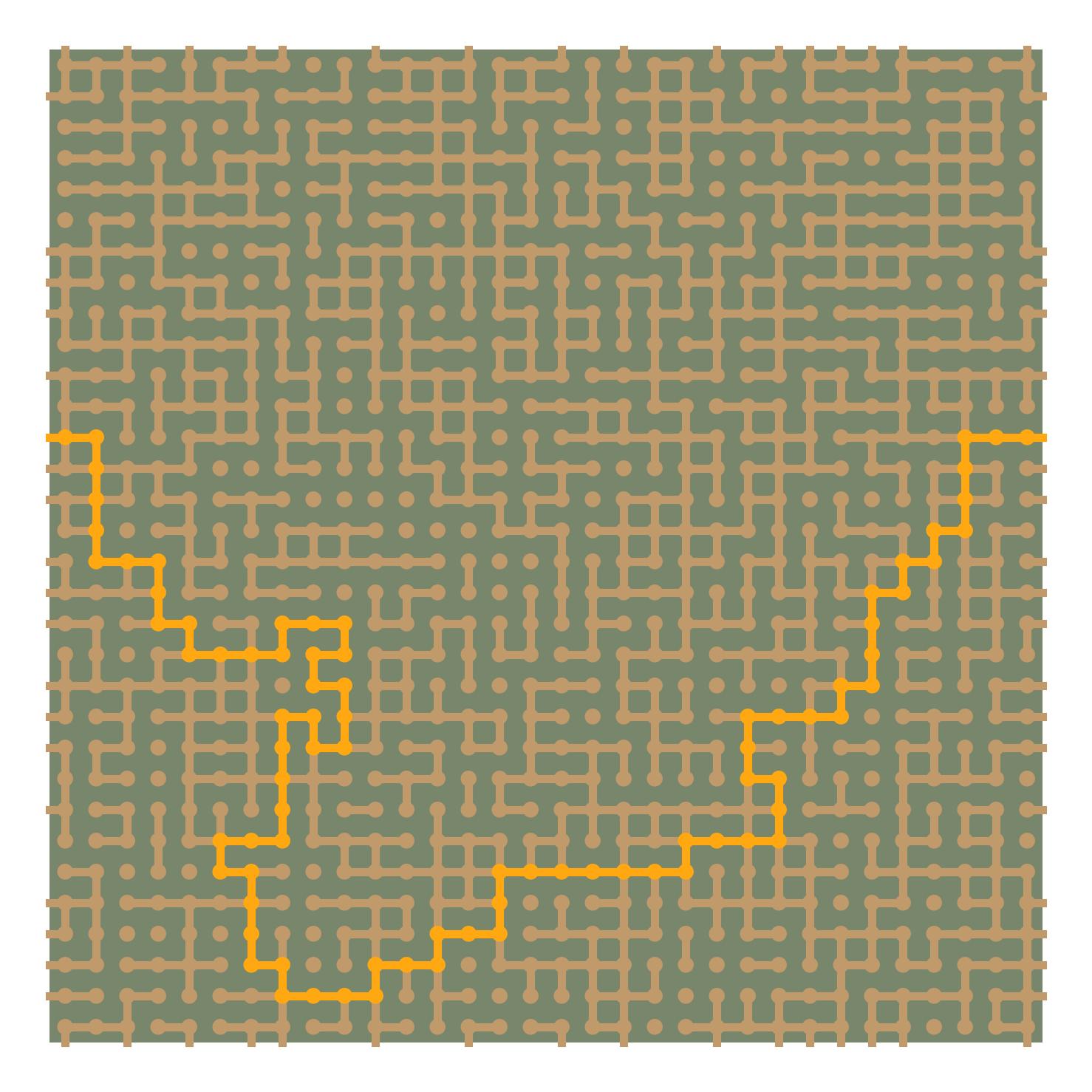
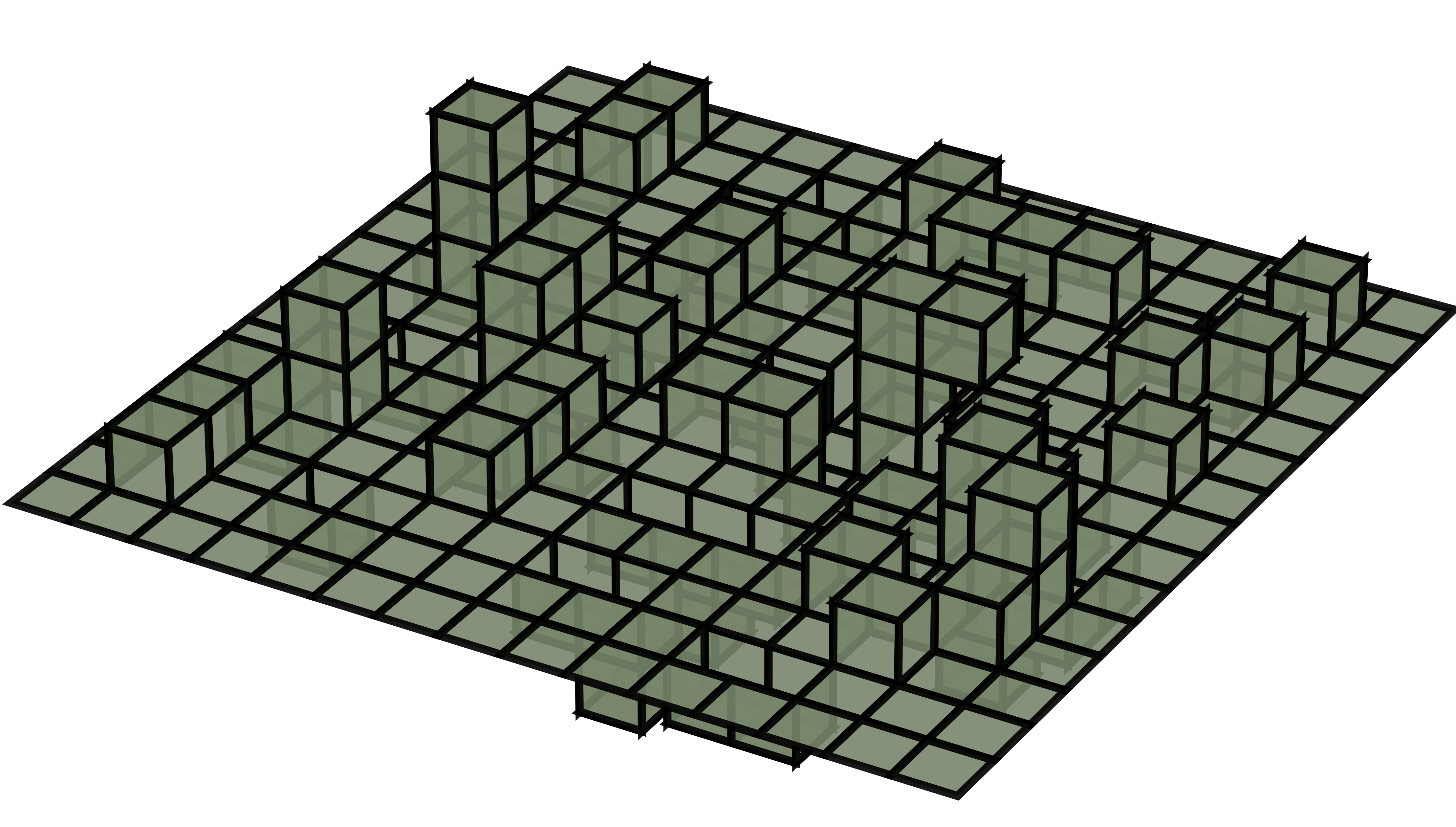
Posters and publications
- Generalized cluster algorithms for Potts lattice gauge theory. Poster for IMSI's Geometric Realization of AATRN workshop. August 2025.
- Generalized cluster algorithms for Potts lattice gauge theory. Anthony E. Pizzimenti, Paul Duncan, and Benjamin Schweinhart. July 2025.
- ATEAMS: Algebraic Topology-Enabled AlgorithMs for Spin systems. Anthony E. Pizzimenti, Paul Duncan, and Benjamin Schweinhart. v2.0.1. July 2025.
- Fast Sequential Computation of Convex Regions. Anthony E. Pizzimenti. In Progress.
- A k-medoids approach to exploring districting plans. J. Grove, S. Oliveira, A. Pizzimenti, and D. Stewart. March 2023.
- Aggregating Community Maps. Chambers et al. Proceedings of the 30th International Conference on Advances in Geographic Information Systems (SIGSPATIAL), November 2022.
- Modeling the Fair Representation Act. Report. MGGG Redistricting Lab, July 2022.


